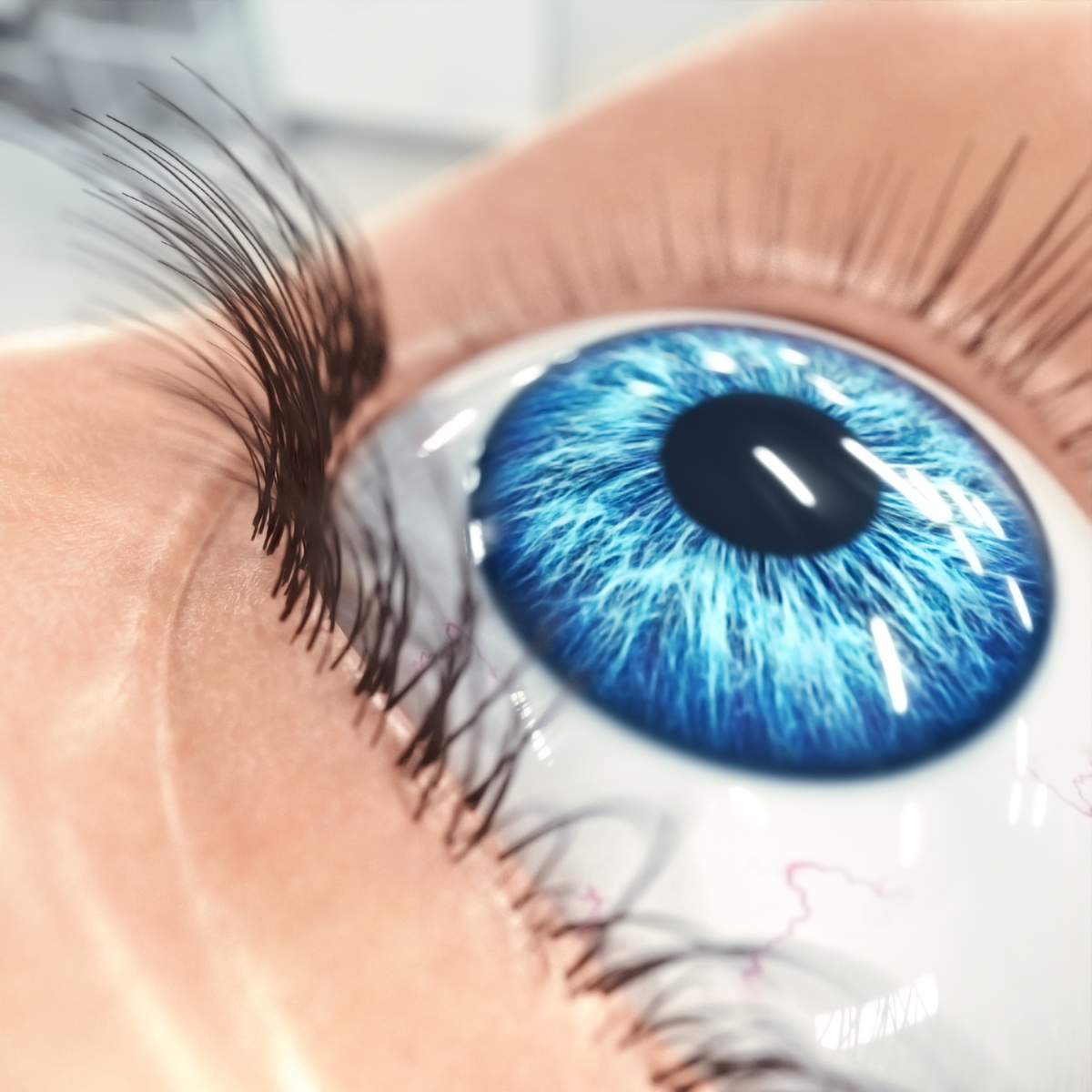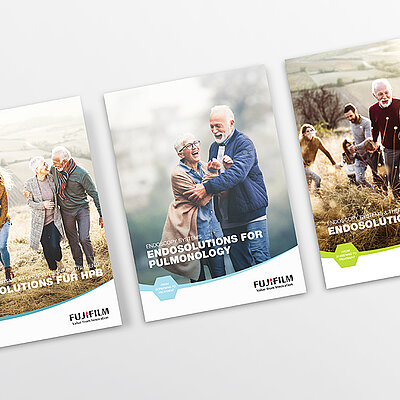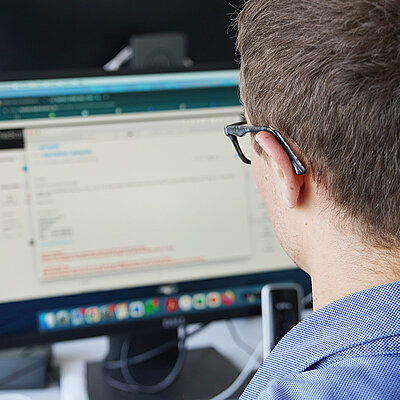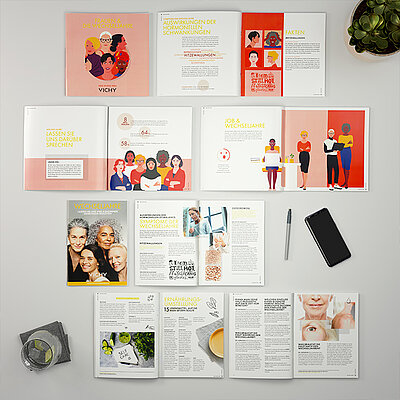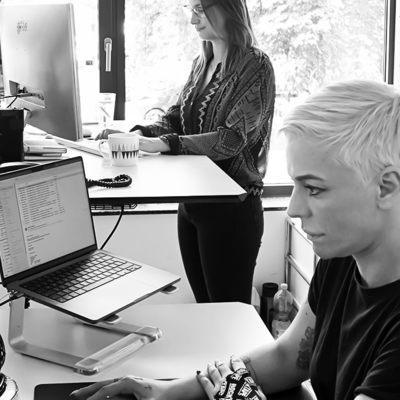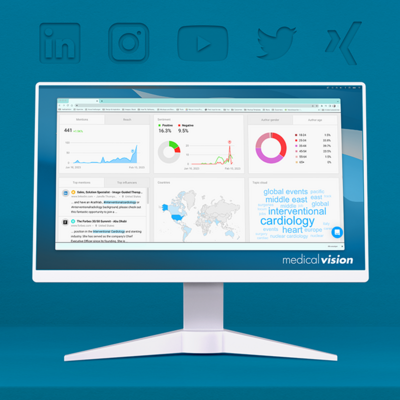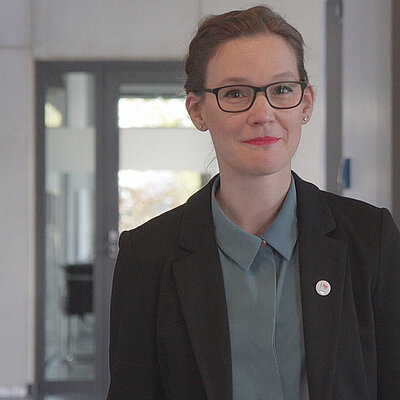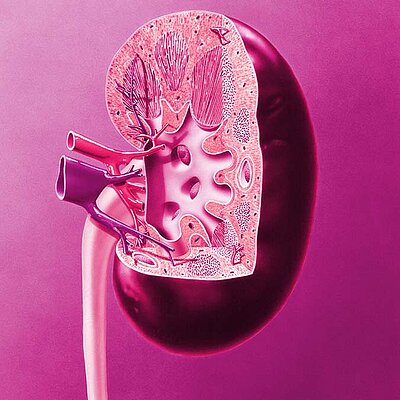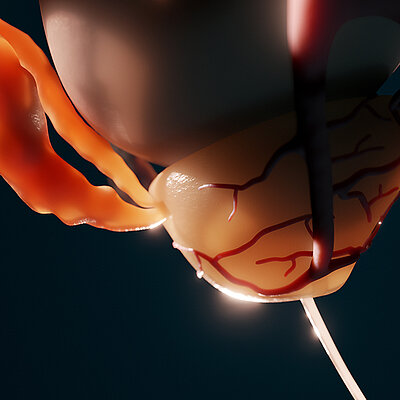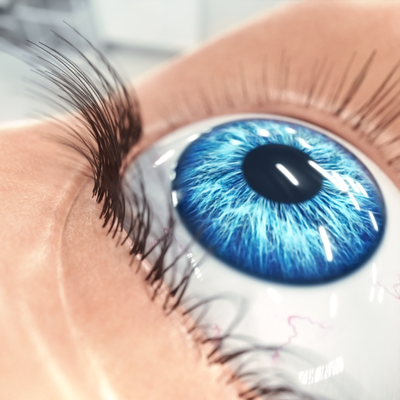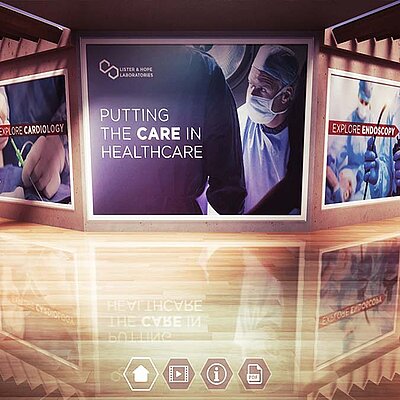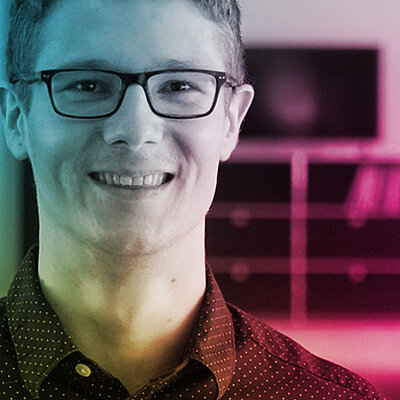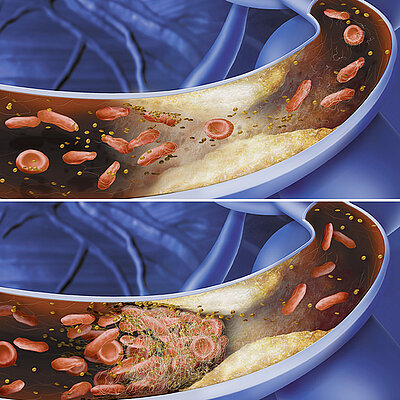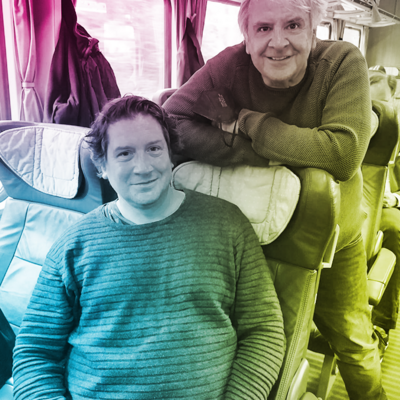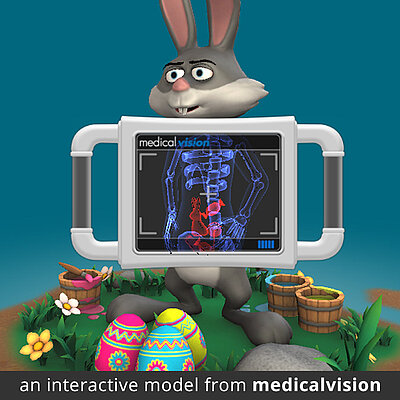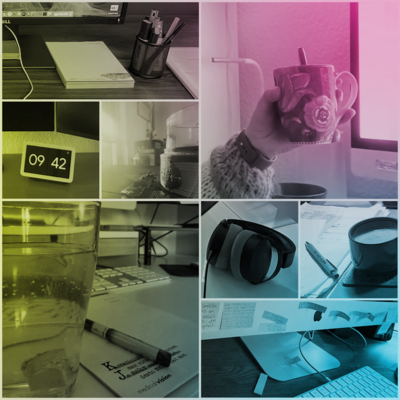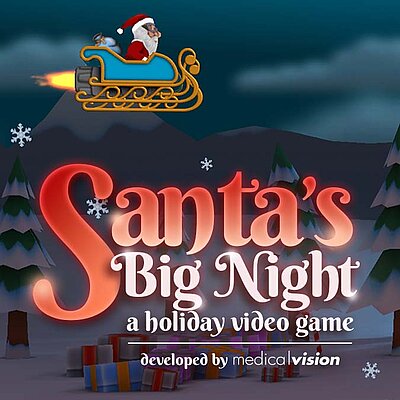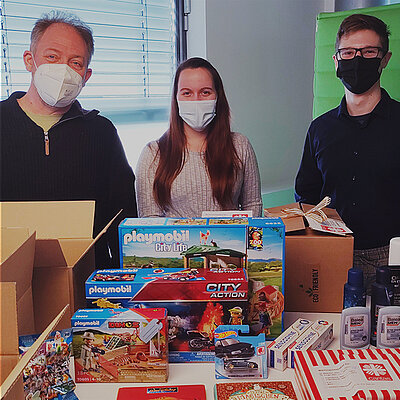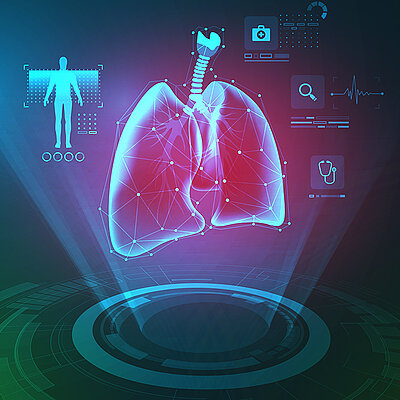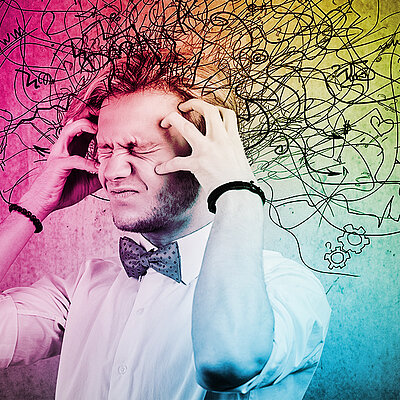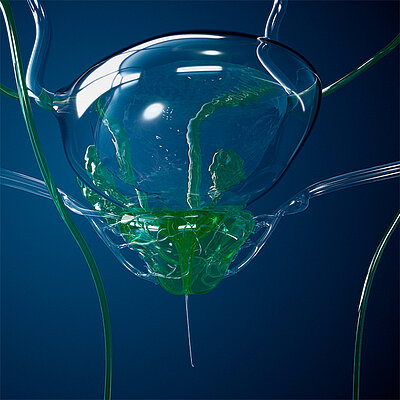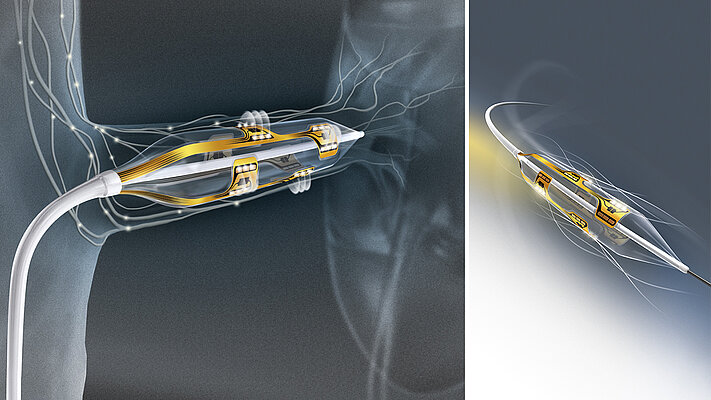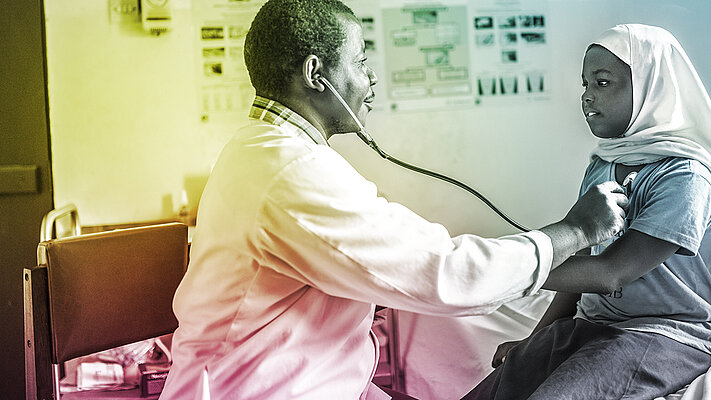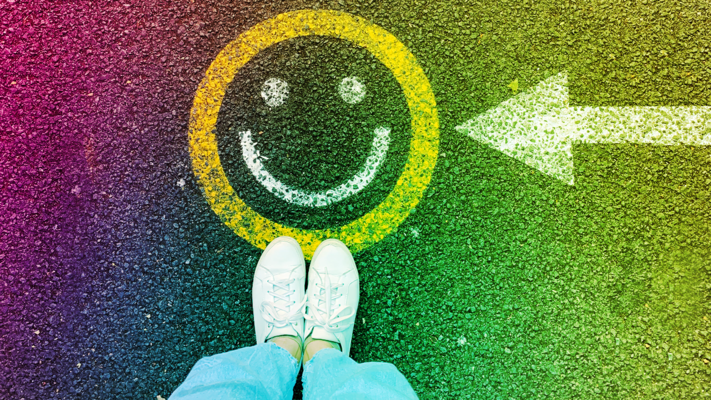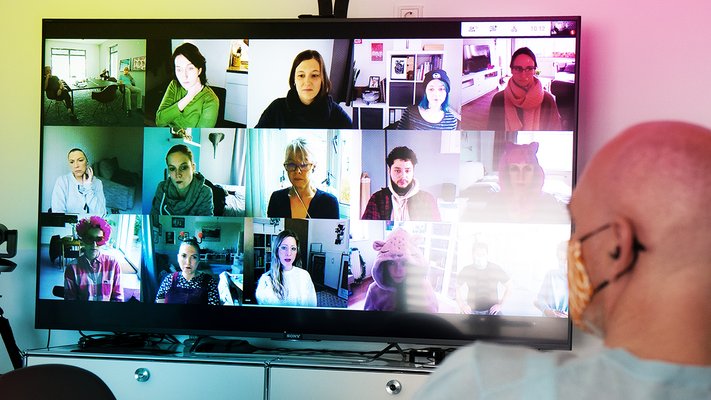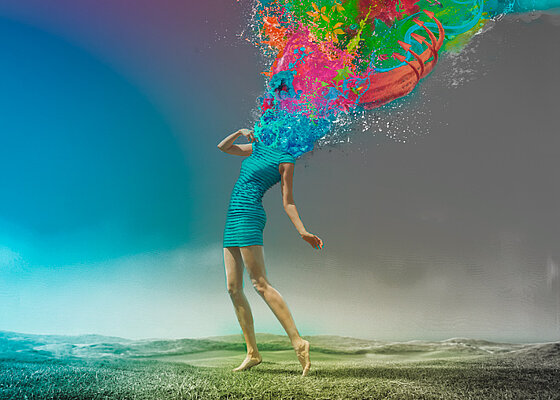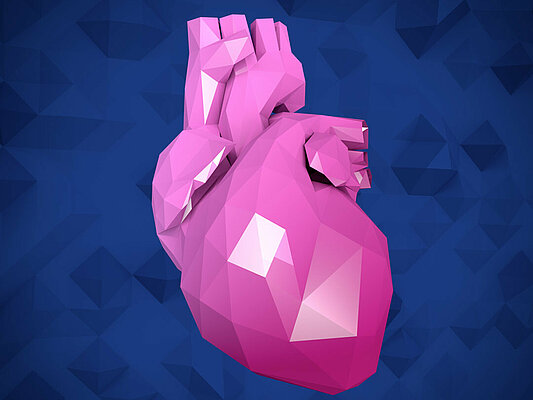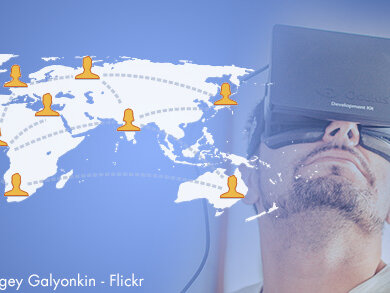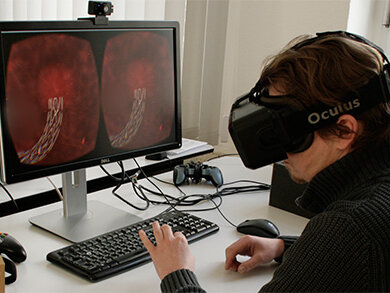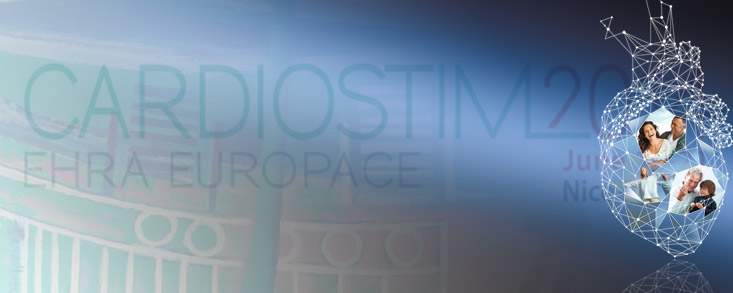Our eyes are our most important sensory organ.
This claim is not merely a subjective feeling it can actually be proven. 70% of all information we record and process in our brains is processed by our visual system. In the photoreceptor layer (neuroepithelial stratum) of the retina, there are 6 million cones and approximately 120 million rods that enable us to see. As a result, more than 10 million pieces of information are recorded per second and more than 600,000 tones of color are distinguished and transmitted to the brain. With this amazing ability, our eyes, which individually weigh little more than 20g, use almost 65% of total brain power: Of the approximately one hundred billion (yes, billion with a “b”) nerve cells in the brain, about one third of those are dedicated to helping us see.
How the eye and brain work together.
Together, the eye and brain make up only about 2% of our body weight but require about one quarter of all energy that comes from food for the complicated process of seeing. Concerning eye movement: Eye movement is controlled by six muscles; so the brain has to coordinate a total of twelve eye muscles. And our eyes are very active: we fixate on an object for just 0.2 to 0.6 seconds. In between there are erratic movements, or so-called “gaze jumps”, during which we don't notice anything. In total, the eyes move many hundreds of thousands of times a day - a huge number of commands we issue from our brains.
A long-term study from the United States published in the renowned Journal of the American Medical Association (JAMA) shows the connection between poor vision in seniors and corresponding poor brain performance. Visual acuity and various mental abilities such as orientation, arithmetic, spelling, and memory were first determined in 2,520 senior citizens. These tests were repeated after two, six and eight years. It turned out that both visual acuity and brain performance had deteriorated in relation to each other, with visual acuity probably being the driving force.
(https://www.zva.de/news/senioren-gutes-sehen-gute-gehirnleistung)
Iris scans are the new fingerprints.
250 unique features can immensely increase the precision of biometric identification. And this unique performance is possible with our iris – more than six times more properties than the fingerprint still used for this procedure with “only” 40 individual identifiers. For this reason, the iris scan has already replaced fingerprints in some areas as proof of identification.
Complex and worth protecting.
Of course, there are many things that can damage our eyes. These include problems like near-sightedness, cataracts, and macular degeneration due to ageing (AMD), but they can also be due to lifestyle or behavioral habits. If symptoms such as burning, redness, pain or impairment of vision, such as dots, shadows, flashes, double or blurred vision, have already occurred, you should definitely see a specialist as soon as possible. Regular check-ups and the reduction or avoidance of as many risk factors as possible are important to identify visual impairments and eye diseases at an early stage.
What can harm your eyes.
What most of us are not aware of in everyday life: Our eyes in particular, suffer greatly from poor daily habits and may even become ill from them. So, it's worth taking a closer look at one of your typical days:
The work week begins. It's early, sleep may not have been long or deep enough, but at least it promises to be a sunny day. We rub our still tired eyes but turn on the smartphone on the way to the coffee machine and check our new messages. Reading glasses help, but they are swapped out for contact lenses during our workdays. With the first cup of coffee, we have our first cigarette along with a chocolate croissant while thinking about what to wear to the wine tasting that evening.
It's just an example - but this example and our everyday lives are usually so routine that we rarely or perhaps never think about the effects some habits have on our health - including the health of our eyes.
Avoid rubbing your eyes.
When our eyes sting and itch, or when we simply don't get enough sleep, we tend to rub our eyes with our hands. What seems pleasant at first glance is not good in the long run: you can damage the surface of the cornea by rubbing your eyes frequently. Small foreign objects such as fibers or dust can get into the eye and cause inflammation of the cornea there, as can many bacteria that are transferred from our hands to the eyes. Then there is a risk of painful conjunctivitis (more commonly known as Pink-Eye) or other infections which may require treatment.
Eye issues caused by your smartphone.
Frequent staring at smartphone displays can have negative effects on eye health. A study1 by Australian ophthalmologists shows that by 2050, half of the world's population could be short-sighted due to strong focusing at a consistently short distance. Because the overstrained eyes react with dry eyes and burning. When this habit is supplemented with additional computer work or hours of reading and activities that further contribute to reduced blinking, then permanent myopia (or nearsightedness) can be the result.
1 Global Prevalence of Myopia and High Myopia and Temporal Trends from 2000 through 2050. In: Ophthalmology No. 123, May 2016, pp. 1036-1042.
High blood pressure and diabetes - Ticking time bombs.
Untreated high blood pressure or poorly controlled diabetes can damage your eyes in the long term because the fine vessels that supply the retina with blood are attacked. Since the blood vessels are clearly visible in the eye, these diseases can be easily identified by a trained professional or your eye-doctor. High blood pressure (hypertension) and diabetes are typical triggers of retinopathy (retinal disease), which leads to vision issues. In worst case scenarios, the patient may even go blind: In adults over the age of 40, eye damage due to diabetes is the most common cause of blindness. Diabetics also have an increased risk of developing cataracts. Therefore, annual check-ups are extremely important for you as well as patients suffering from hypertension (high-blood pressure).
Smoking is bad for your eyes.
It is well known that smoking will increase your risk of cancer and stroke. But what effects smoking has on the health of the eyes and the retina is less well-known. Pollutants contained in cigarettes reduce the blood flow to the eye and thus the oxygen supply, which impairs vision. However, the greatest risk is age-related macular degeneration (AMD). It leads to a loss of vision in the center of the field of vision and of colors. Once detected progress can be slowed down but, as of this writing, it cannot be cured. If left untreated, AMD can lead to blindness.
Alcohol can damage your eyes.
The detrimental effect of alcohol on our eyesight is also largely unknown. But alcohol can cause eye movement to slow, contrast perception to be reduced, eyes tremble, burn, become dry and red. Alcohol can penetrate our tears and change their composition. In the long term, frequent alcohol consumption impairs the vitamin absorption of our liver. Vitamin B1 deficiency can, for example, lead to a weakened or paralyzed eye muscle, vitamin A deficiency to night blindness, dry eyes or corneal damage. In addition, alcohol promotes diseases such as glaucoma or macular degeneration.
Contact lenses.
Of course, depending on the situation, glasses are not always the be-all and end-all, and in addition to vanity reasons, for practicality and convenience reasons it can be tempting to wear contact lenses. But you should know: Contact lenses worn for too long inhibits the flow of oxygen to the eye, which has consequences for the cornea. You may even notice a visible sign of this; small blood vessels grow in the direction of the cornea and are clearly visible. And a word to the wise, if contact lenses are not well cared for, the risk of infection increases and with it risk of inflammation.
The sun isn’t only dangerous to your skin.
Sunlight and ultraviolet (UV) rays have long since lost their positive image; but the main focal point is and was the skin. However, UV light can also cause permanent damage to the lens and retina. The insidious thing is that the affected person doesn't notice anything immediately - macular degeneration and cataracts only show up years later. On the other hand, what is noticeable, sometimes even very painful: the so-called snow blindness, a kind of sunburn on the eyes caused by the combination of sun and snow. The best eye protection, whether in summer or winter are high-quality, well-fitting, and not too narrow sunglasses with sufficient UV protection. It is highly recommended to get such glasses from an optician or store specializing in glasses.
All of this is frightening, but you can do something.
Aside from perhaps taking a long-term look at your daily routine, vacation preferences, or habits, you can probably make some relatively easy and quick changes, such as:
- Buy sunglasses with 100% UV protection from an appropriate source (optometrist or glasses shop)
- Maintain a distance of 50cm (about 20 inches) from the computer screen
- Make an effort to take breaks from your mobile phone and computer and let your gaze focus for a while on something other than a screen or digital device.
- Try and be health conscious and eat enough fruits and vegetables.
Nutrients that are good for the eyes.
- Vitamin A: liver, sea fish, dairy products, eggs
- Provitamin A (beta-carotene): Yellow/red fruits and vegetables such as peppers, carrots, dried apricots
- Vitamin C: Fruit and some vegetables like broccoli, cauliflower, kale, spinach, peppers, arugula, parsley
- Zeaxanthin: Red grapes, green beans
- Lutein: Green peppers, pumpkin, kale
Do your eyes good with eye exercises and prevent issues.
Fit eyes are healthy eyes and your muscles can benefit from regular eye training. Exercising your eyes can be done anywhere and doesn't take much time. To get started try this, alternately look to the right, straight ahead and to the left a few times without moving your head. Then “look” up and down with your eyes closed. Do this in a measured but relaxed manner. These exercises need not be strenuous.
Take screen breaks.
The constant nearness of screens can irritate the eyes and tense your eye muscles. Planned, regular breaks are important, no matter how short. For example, look at a distant object for around 30 seconds every 30 minutes. If necessary, switch between focussing on something near to you and far away several times. Try to make sure you blink frequently, at least during these breaks, to ensure blood circulation, moistening and cleanliness of the eyes.
…and one last tip! Nature is good for your eyes.
"Get out in the fresh air!" This is even more important for children than it is for adults. According to research, 10- to 15-year-olds who spend more time outside - ideally in natural settings - are less likely to be short-sighted than their peers. This is because the eyes are stimulated by the variety in such an environment, natural light conditions, your body in motion, more oxygen is stored in your body and many different visual impressions are taken in. From an ophthalmological point of view, it is recommended that children up to primary school age should not look at screens (like televisions, computers, or smart devices) for more than half an hour a day; older children and adolescents no longer than three hours a day.
Important: These tips do not replace the recommendations by your eye-doctor.

